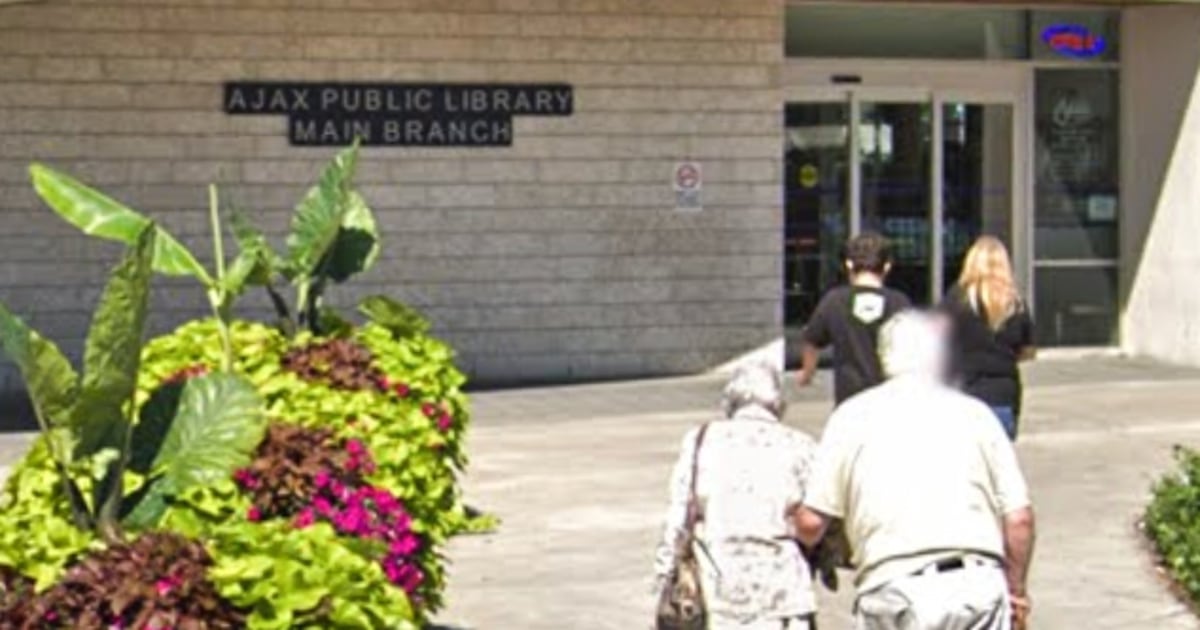Library Assault: Unraveling the Attack on a Muslim Woman’s Hijab
In a distressing turn of events, a Muslim woman was assaulted in a public library in Canada, where a suspect attempted to ignite her hijab. This shocking incident has sent ripples of fear, outrage, and a call for action across communities, raising urgent questions about safety, tolerance, and the implications of hate crimes in public spaces. The attack not only challenges the sense of security that individuals expect in community spaces but also highlights broader societal issues regarding the treatment of religious minorities and the need for greater awareness and education.
The Incident: A Brief Overview
Reports indicate that the assault took place in a busy library, a place typically associated with learning and community engagement. As the victim was reading, the assailant approached her and made a series of inflammatory remarks before attempting to set her hijab on fire. Fortunately, quick action from nearby patrons and library staff prevented any physical harm, and the suspect fled the scene before law enforcement could arrive.
This incident marks a troubling escalation in the frequency of attacks targeting individuals based on their religious attire, specifically hijabs, which symbolize devotion and identity for many Muslim women. Despite Canada’s reputation for being a multicultural haven, this event underscores the persistent undercurrents of Islamophobia that can surface even in the most unexpected environments.
The Broader Context of Hate Crimes
Hate crimes are defined as criminal acts motivated by bias against a person’s race, ethnicity, religion, sexual orientation, or other characteristics. According to Statistics Canada, hate crimes have been on the rise, particularly those targeting religious minorities. In 2021 alone, the number of reported hate crimes against Muslims increased significantly, drawing attention to the urgent need for societal change.
- **Understanding Hate Crimes**: These acts not only affect the immediate victims but also instill fear in entire communities. They often serve to create divisions among different social groups.
- **Impact on Victims**: The psychological aftermath of such incidents can be severe, leading to anxiety, depression, and a feeling of alienation from society.
The Role of Public Spaces in Promoting Safety
Public libraries are often seen as safe havens for learning and community engagement. They play a crucial role in fostering inclusivity and diversity. However, incidents like the library assault challenge this perception and necessitate a reevaluation of safety protocols in such community spaces. Libraries must implement measures that ensure the safety of all patrons, particularly those who may be vulnerable to targeted attacks.
Some potential actions that can be taken include:
- **Enhanced Security**: Increasing the presence of security personnel during high-traffic hours can deter potential assailants.
- **Training for Staff**: Providing library staff with training on how to handle confrontational situations can empower them to act swiftly and effectively in emergencies.
- **Community Awareness Programs**: Organizing workshops and discussions on diversity, tolerance, and respect for all individuals can help cultivate a more understanding community.
Understanding the Hijab: Cultural Significance and Misconceptions
The hijab is more than just a piece of clothing; for many Muslim women, it symbolizes faith, identity, and personal autonomy. Unfortunately, misconceptions about the hijab often lead to discrimination and violence. Media portrayals and cultural stereotypes can perpetuate negative views, leading some individuals to act out in fear or hatred.
Education plays a crucial role in dispelling these myths:
- **Cultural Education**: Schools and community organizations can promote understanding through cultural education programs that explain the significance of the hijab and the diversity within Islamic practices.
- **Dialogue and Interaction**: Encouraging open dialogues between different cultural groups can foster empathy and reduce prejudice.
Community Response and Solidarity
The response from the community following the library assault has been overwhelmingly supportive of the victim. Local organizations, advocacy groups, and citizens have come together to denounce the act of violence and stand in solidarity with the Muslim community. This collective response not only shows that hate will not be tolerated but also reinforces the importance of community in healing and resilience.
Many community leaders have called for a deeper commitment to combating Islamophobia, emphasizing the need for unity in diversity. Initiatives such as community vigils, awareness campaigns, and interfaith dialogues have been proposed to strengthen ties among different cultural groups and to reaffirm a shared commitment to safety and respect.
Steps Toward a Safer Future
To prevent future incidents like the assault in the library, it is essential for individuals, community leaders, and policymakers to work together. Here are some actionable steps:
- **Policy Advocacy**: Advocating for stronger hate crime legislation can ensure that perpetrators are held accountable and that victims receive the support they need.
- **Community Engagement**: Encouraging community engagement through volunteering, attending cultural events, and participating in discussions can help build bridges among diverse groups.
- **Support Systems**: Establishing robust support systems for victims of hate crimes, including counseling and legal assistance, is crucial for recovery and empowerment.
Conclusion: A Call for Action
The assault on a Muslim woman’s hijab in a Canadian library is a stark reminder that intolerance can infiltrate even the most peaceful of spaces. It calls for urgent action, not just from lawmakers but from all members of society. By fostering understanding, enhancing safety measures, and standing in solidarity with those targeted by hate, communities can work towards a more inclusive and tolerant future. Everyone deserves to feel safe and respected in public spaces, and it is our collective responsibility to ensure that this ideal becomes a reality.
In the face of adversity, it is crucial to remember that unity and compassion can prevail. Together, we can build a society where diversity is celebrated, and every individual can live without fear of persecution based on their identity.
See more Update My News



